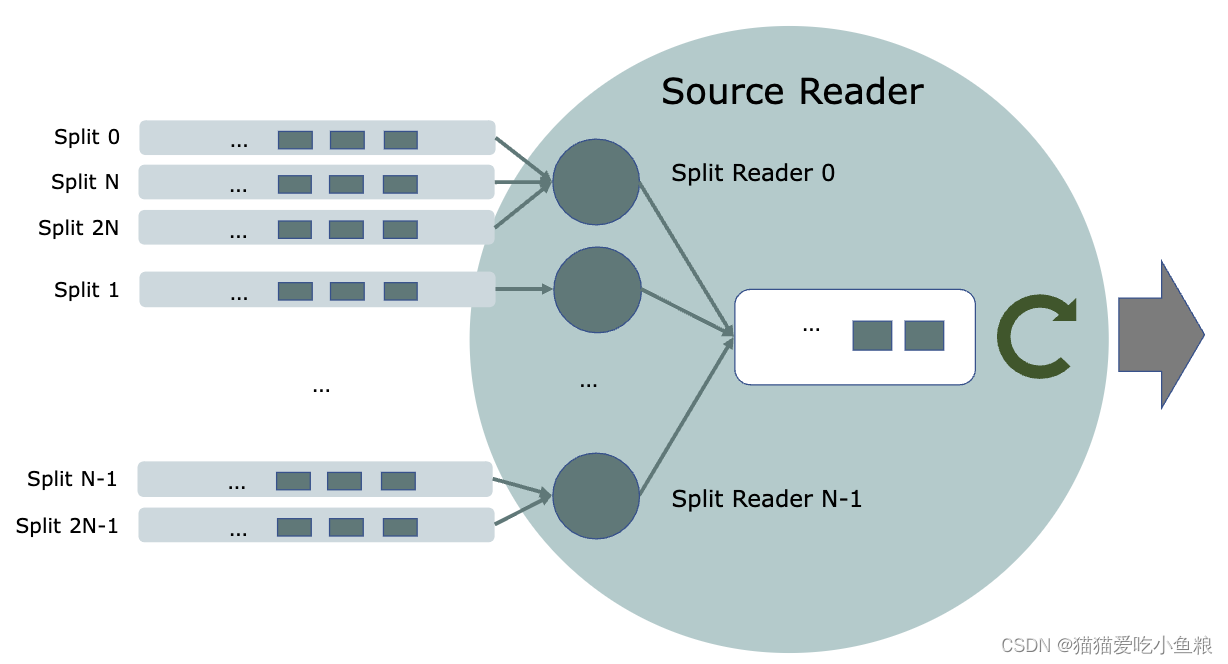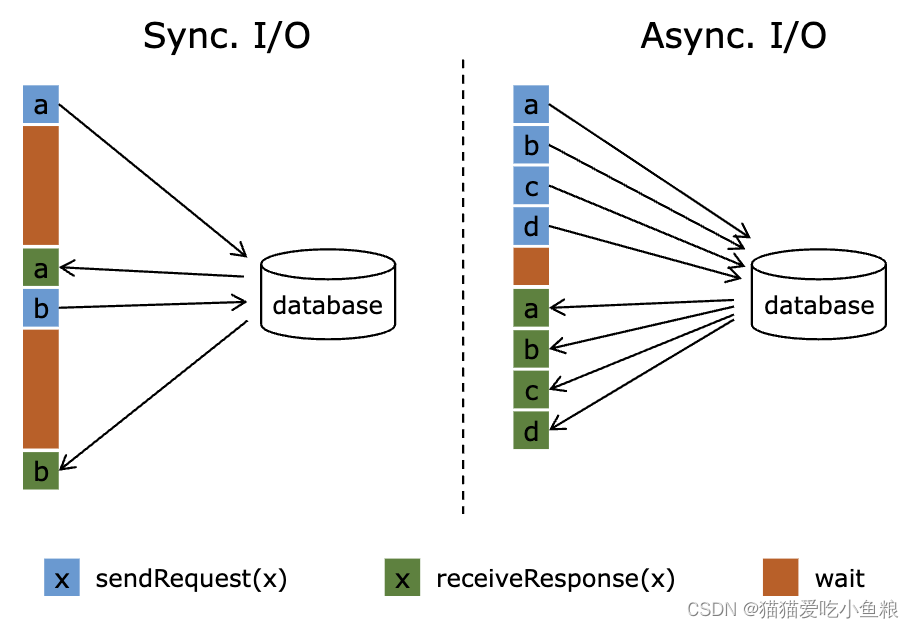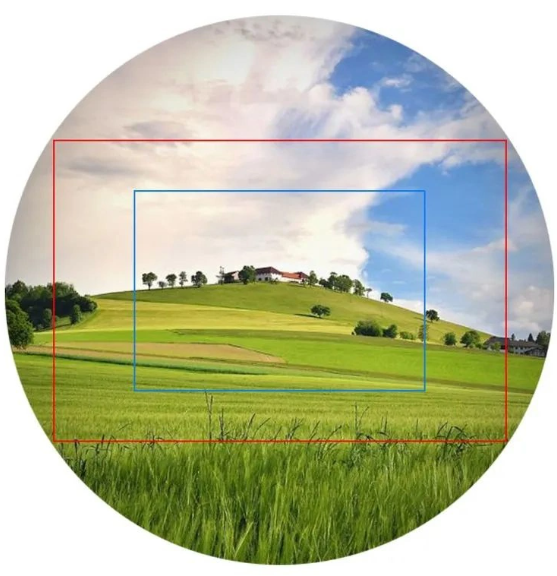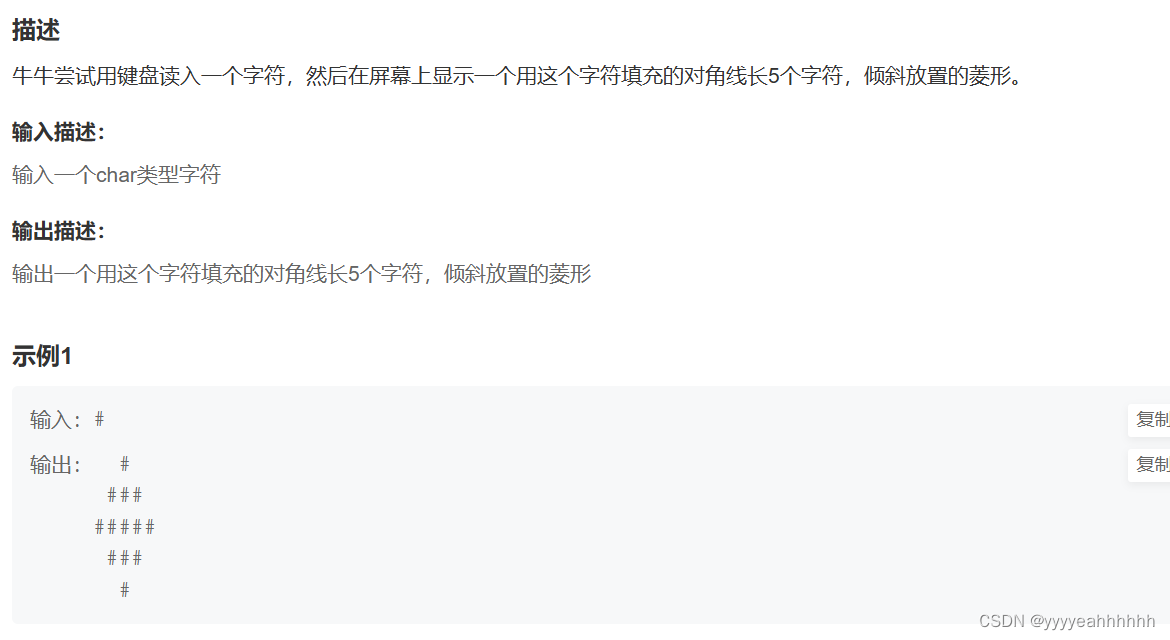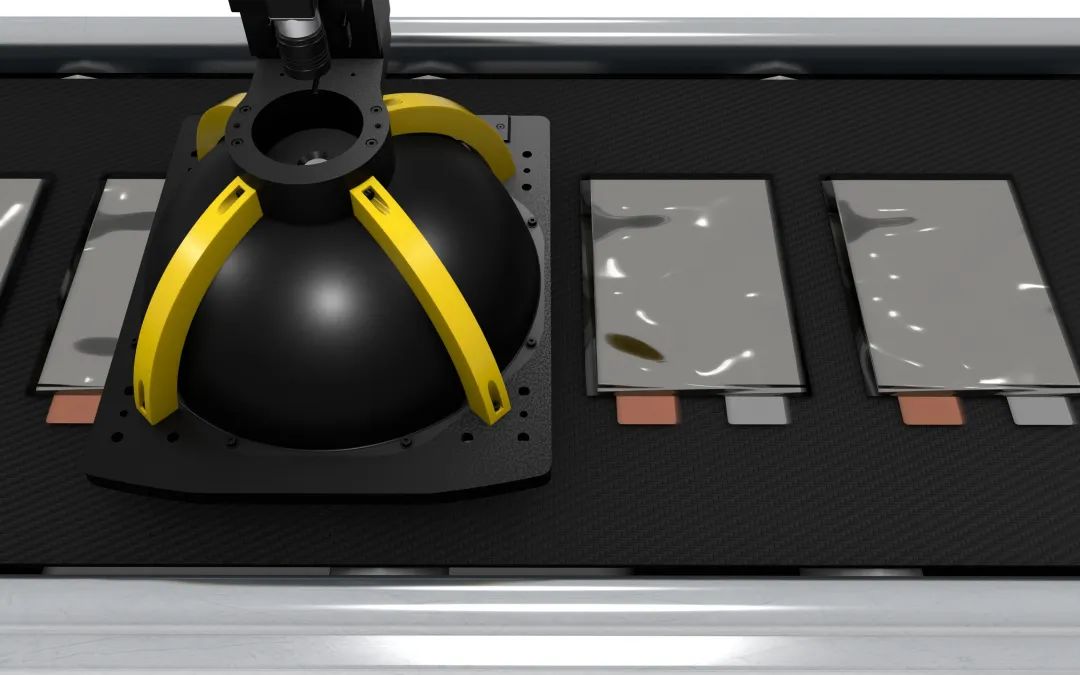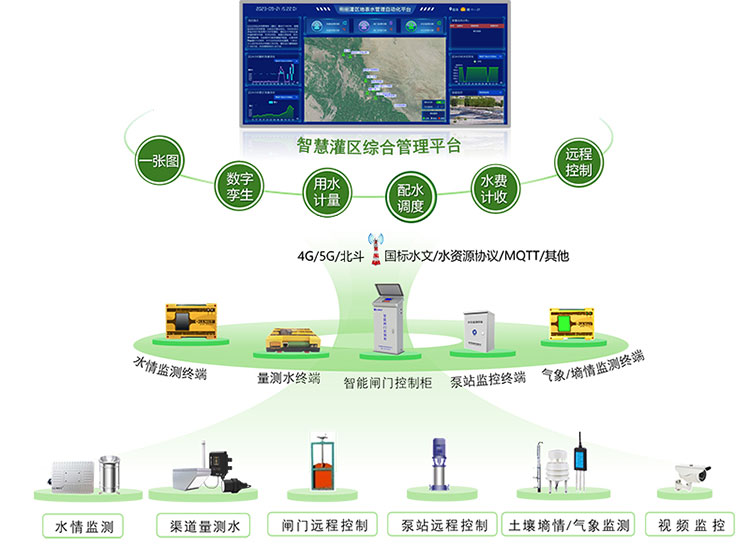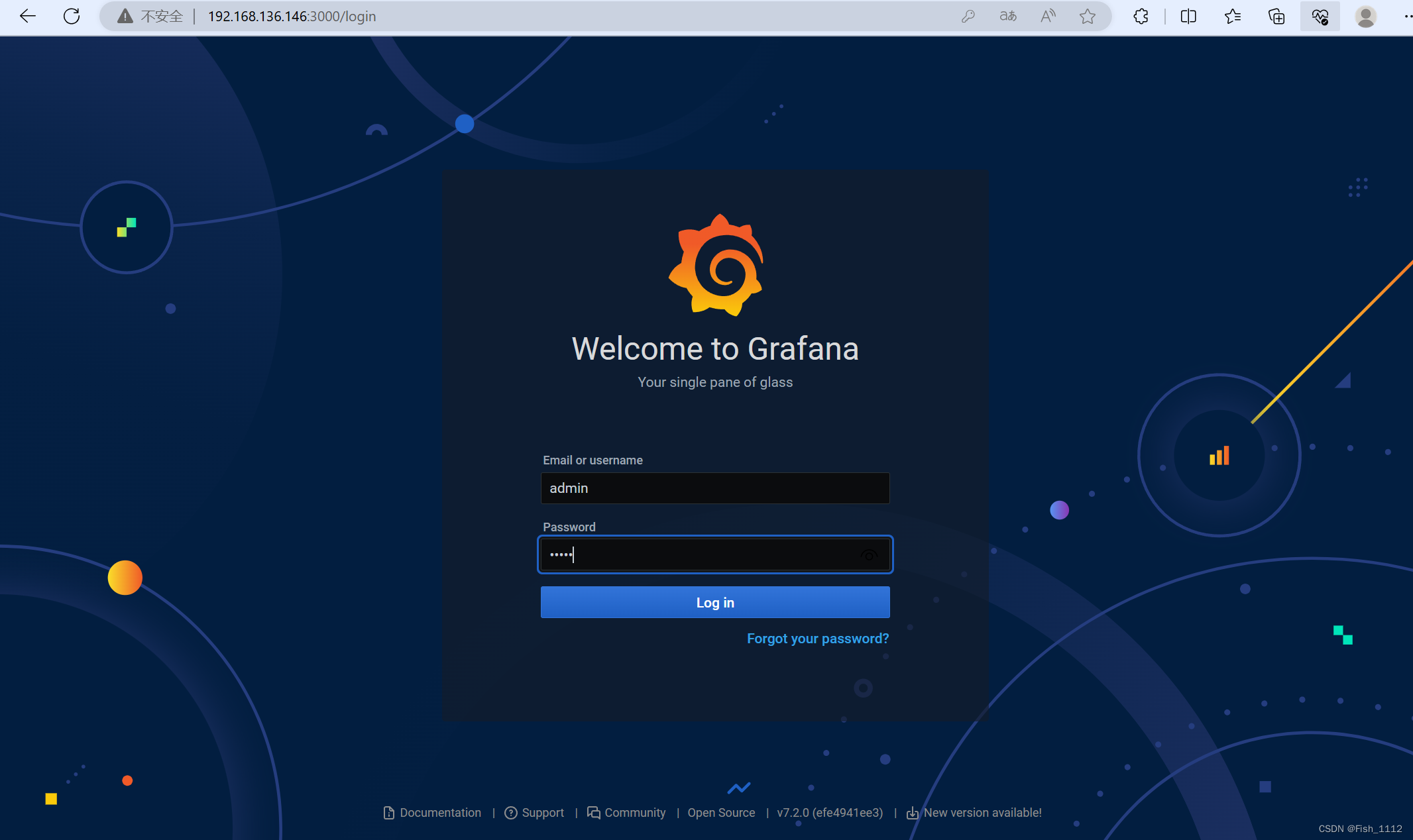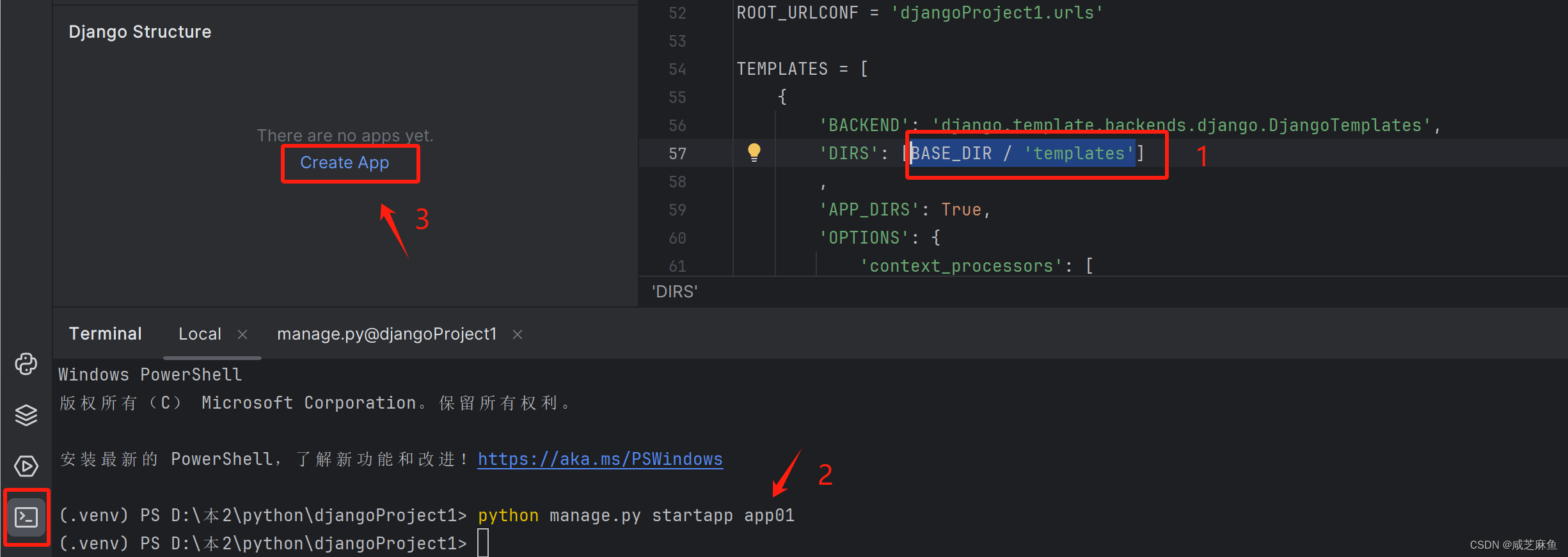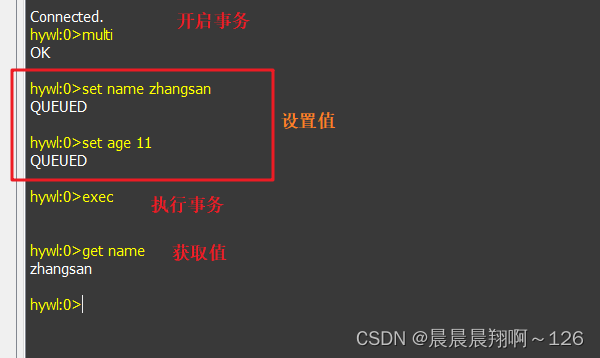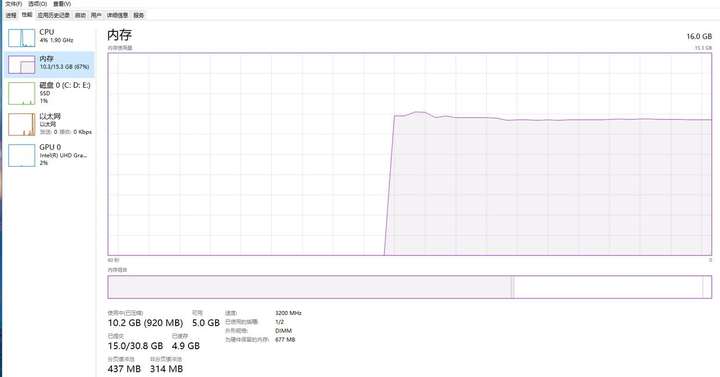Process Function
1.概述
ProcessFunction 是底层的数据流处理操作,可访问所有(非循环)流应用程序的基本模块。
- 事件 (数据流中的元素)
- 状态(容错、一致、仅在 keyed stream 上)
- 定时器(事件时间和处理时间,仅在 keyed stream 上)
ProcessFunction 可以被认为是一个可以访问 keyed State 和定时器的 FlatMapFunction,它通过对输入流中接收到的每个元素进行调用来处理事件。
对于状态,ProcessFunction 允许访问 keyed State,可通过 RuntimeContext 访问。
定时器支持处理时间和事件时间,对函数 processElement(…)的每次调用都会获得一个 Context 对象,该对象可以访问元素的事件时间戳和 TimerService;TimerService 可用于注册处理时间和事件时间定时器;对于事件时间定时器,当 watermark 到达或超过定时器的时间戳时,会调用 onTimer(…),在该调用过程中,所有状态的作用域再次限定为创建定时器时使用的 key,从而允许定时器操作 keyed State。
注意:如果要访问 keyed State 和定时器,必须在 keyed stream 上应用 ProcessFunction。
stream.keyBy(...).process(new MyProcessFunction());
2.底层 Joins
对于两个输入的底层 Join 可以使用 CoProcessFunction 或 KeyedCoProcessFunction,通过调用 processElement1(…)和processElement2(…)分别处理两个输入。
底层 Join 流程如下:
为一个输入或两个输入创建状态对象;
从输入中接收元素时更新状态;
从另一个输入接收元素后,查询状态并产生 Join 结果;
示例:将客户数据加入金融交易,同时保留客户数据的状态;如果关心在面对无序事件时具有完整和确定性的 Join,那么当客户数据流的watermark 超过交易时间时,可以使用定时器评估并触发交易的 Join。
3.案例
示例:KeyedProcessFunction 维护每个 key 的 count,并在一分钟后(事件时间)发出一个 key/count,而不更新该 key。
- count、key 和上次修改时间戳存储在 ValueState 中;
- 对于每条记录,KeyedProcessFunction 递增计数器并设置最后一次修改的时间戳;
- 一分钟后(事件时间)触发定时器;
- 定时器触发时,会根据存储计数的最后修改时间检查回调的事件时间戳,并在它们匹配的情况下发出 key/计数。
注意:也可以用会话窗口实现,此处使用 KeyedProcessFunction。
import org.apache.flink.api.common.state.ValueState;
import org.apache.flink.api.common.state.ValueStateDescriptor;
import org.apache.flink.api.java.tuple.Tuple;
import org.apache.flink.api.java.tuple.Tuple2;
import org.apache.flink.configuration.Configuration;
import org.apache.flink.streaming.api.functions.KeyedProcessFunction;
import org.apache.flink.streaming.api.functions.KeyedProcessFunction.Context;
import org.apache.flink.streaming.api.functions.KeyedProcessFunction.OnTimerContext;
import org.apache.flink.util.Collector;
// the source data stream
DataStream<Tuple2<String, String>> stream = ...;
// apply the process function onto a keyed stream
DataStream<Tuple2<String, Long>> result = stream
.keyBy(value -> value.f0)
.process(new CountWithTimeoutFunction());
/**
* The data type stored in the state
*/
public class CountWithTimestamp {
public String key;
public long count;
public long lastModified;
}
/**
* The implementation of the ProcessFunction that maintains the count and timeouts
*/
public class CountWithTimeoutFunction
extends KeyedProcessFunction<Tuple, Tuple2<String, String>, Tuple2<String, Long>> {
/** The state that is maintained by this process function */
private ValueState<CountWithTimestamp> state;
@Override
public void open(OpenContext openContext) throws Exception {
state = getRuntimeContext().getState(new ValueStateDescriptor<>("myState", CountWithTimestamp.class));
}
@Override
public void processElement(
Tuple2<String, String> value,
Context ctx,
Collector<Tuple2<String, Long>> out) throws Exception {
// retrieve the current count
CountWithTimestamp current = state.value();
if (current == null) {
current = new CountWithTimestamp();
current.key = value.f0;
}
// update the state's count
current.count++;
// set the state's timestamp to the record's assigned event time timestamp
current.lastModified = ctx.timestamp();
// write the state back
state.update(current);
// schedule the next timer 60 seconds from the current event time
ctx.timerService().registerEventTimeTimer(current.lastModified + 60000);
}
@Override
public void onTimer(
long timestamp,
OnTimerContext ctx,
Collector<Tuple2<String, Long>> out) throws Exception {
// get the state for the key that scheduled the timer
CountWithTimestamp result = state.value();
// check if this is an outdated timer or the latest timer
if (timestamp == result.lastModified + 60000) {
// emit the state on timeout
out.collect(new Tuple2<String, Long>(result.key, result.count));
}
}
}
4.KeyedProcessFunction
KeyedProcessFunction 作为 ProcessFunction 的扩展,在其 onTimer() 方法中提供了对定时器 key 的访问。
@Override
public void onTimer(long timestamp, OnTimerContext ctx, Collector<OUT> out) throws Exception {
K key = ctx.getCurrentKey();
// ...
}
5.定时器
a)概述
处理时间和事件时间定时器都由 TimerService 内部维护,并排队等待执行。
TimerService 按 key 和时间戳消除重复的定时器,即每个 key 和时间戳最多有一个定时器,如果为同一时间戳注册了多个计时器,那么 onTimer() 方法将只被调用一次。
Flink 会同步 onTimer() 和 processElement() 的调用,无需担心同时修改状态。
b)容错
定时器是容错的,并与应用程序的状态一起进行 Checkpoint,如果发生故障恢复或从保存点启动应用程序,则会恢复定时器。
当应用程序从故障中恢复或从保存点启动时,本应在恢复前启动的检查点中的处理时间定时器将立即启动。
定时器使用异步检查点,除了 RocksDB 后端/与增量快照/与基于堆的定时器的组合,但是大量的定时器会增加检查点时间,因为定时器是检查点状态的一部分。
c)合并定时器
由于 Flink 为每个 key 和时间戳只维护一个定时器,可以通过降低定时器的精度来合并定时器以减少定时器的数量。
对于1秒(事件或处理时间)的定时器精度,可以将目标时间四舍五入到整秒,定时器最多会提前1秒触发,但不会晚于要求的毫秒精度,每个键和秒最多有一个计时器。
long coalescedTime = ((ctx.timestamp() + timeout) / 1000) * 1000;
ctx.timerService().registerProcessingTimeTimer(coalescedTime);
由于事件时间定时器只在 watermark 到达时触发,可以使用当前 watermark 来注册定时器,并将其与下一个 watermark 合并。
long coalescedTime = ctx.timerService().currentWatermark() + 1;
ctx.timerService().registerEventTimeTimer(coalescedTime);
定时器也可以按如下方式停止和移除
停止处理时间定时器:
long timestampOfTimerToStop = ...;
ctx.timerService().deleteProcessingTimeTimer(timestampOfTimerToStop);
停止事件时间定时器:
long timestampOfTimerToStop = ...;
ctx.timerService().deleteEventTimeTimer(timestampOfTimerToStop);
如果没有注册具有给定时间戳的定时器,则停止定时器无效。


